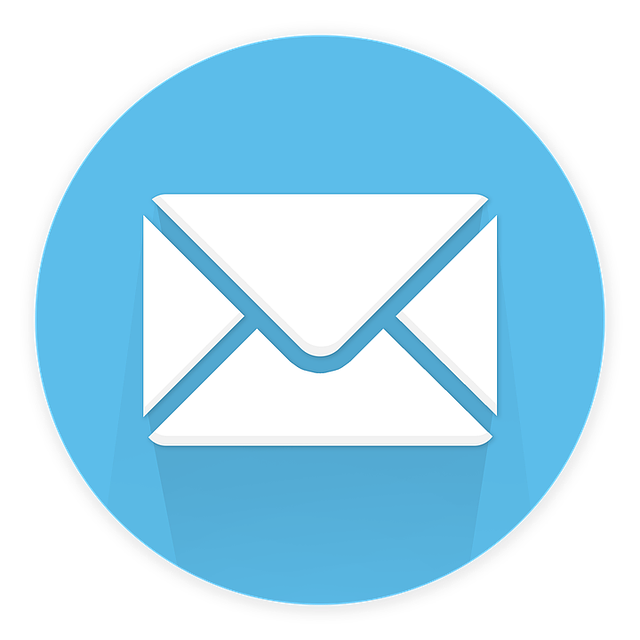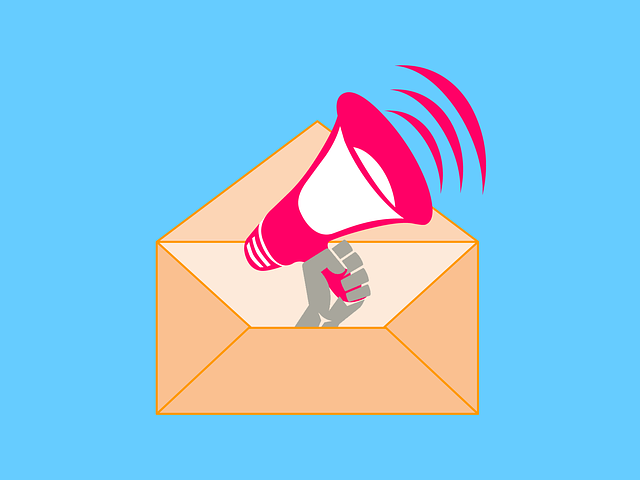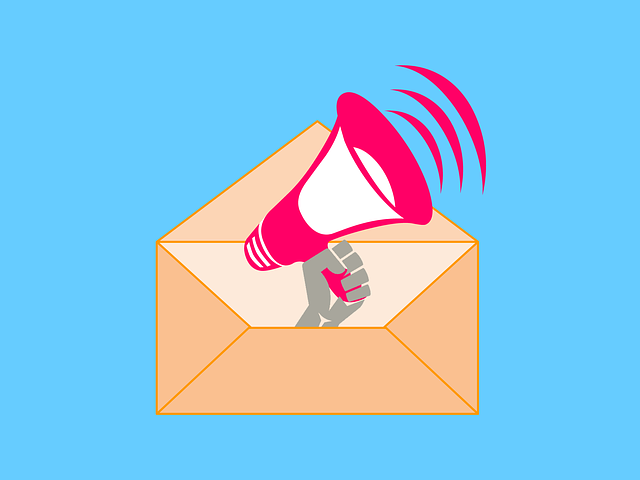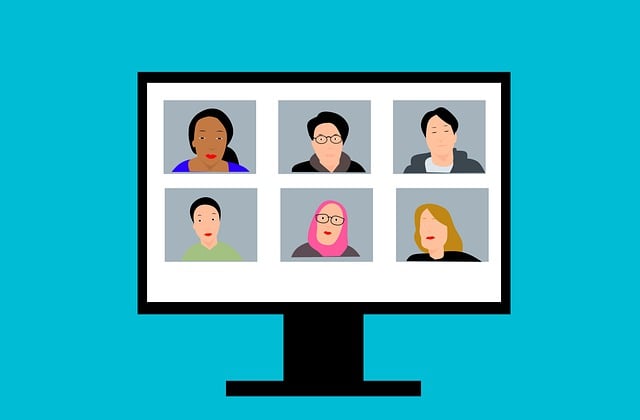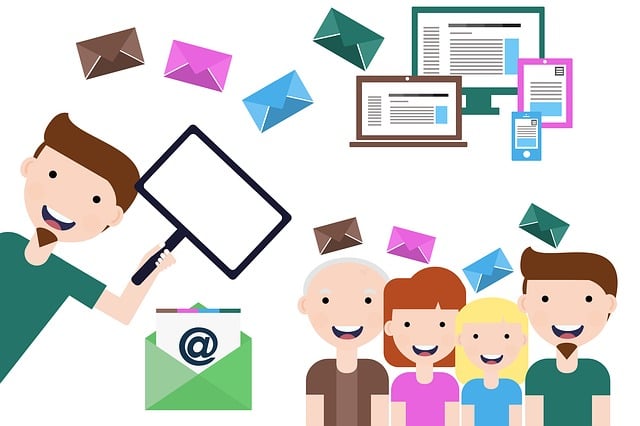Are you tired of sending out generic emails to your entire contact list, only to see low engagement and lackluster results? Well, fear not, because the era of spray-and-pray email marketing is over! It’s time to embrace the power of email marketing segmentation for targeted webinar campaigns.
Picture this: instead of bombarding your subscribers with irrelevant content, imagine sending personalized emails that resonate with their specific interests and needs. By segmenting your email list based on relevant criteria, such as demographics, behavior, or past interactions, you can deliver highly tailored and engaging messages.
But why should you bother with segmentation in the first place? Well, the numbers speak for themselves. According to a recent study, segmented campaigns can generate a 760% increase in revenue. That’s right, 760%! And that’s not all – segmented emails also enjoy higher open rates, click-through rates, and lower unsubscribe rates.
So, if you want to boost your webinar attendance and drive meaningful conversions, it’s time to dive into the world of email marketing segmentation. Let’s get started!
Key Takeaways
- Segmented campaigns can result in a significant increase in revenue (760% increase).
- Segmented emails have higher open rates, click-through rates, and lower unsubscribe rates.
- Personalization is crucial for higher open rates, click-through rates, and conversions.
- Effective targeting through segmentation leads to higher conversion rates.
Understand the Importance of Email Marketing Segmentation
Understanding the importance of email marketing segmentation is crucial for creating visually impactful and targeted webinar campaigns. By segmenting your email marketing list, you can ensure that your messages are reaching the right audience at the right time. This not only increases the chances of engagement but also improves the overall effectiveness of your campaigns.
Email marketing benefits from segmentation strategies in several ways. Firstly, it allows you to personalize your messages based on the specific needs and interests of different segments. This personalization leads to higher open rates, click-through rates, and conversions.
Secondly, segmentation helps you to deliver relevant content that resonates with your audience, increasing their engagement and loyalty.
Lastly, it enables you to analyze and measure the success of your campaigns more effectively, allowing you to make data-driven decisions for future improvements.
Now, let’s move on to defining your target audience and goals for a truly targeted webinar campaign.
Define Your Target Audience and Goals
You need to identify your ideal audience and set clear objectives in order to hit the bullseye with your webinar promotions. By understanding your target demographics and defining your goals, you can create a tailored email marketing campaign that resonates with your audience and drives engagement. To help you get started, here is a table that outlines the key factors to consider when identifying your target audience and setting measurable objectives:
| Target Demographics | Objectives | Key Metrics |
|---|---|---|
| Age, gender, location, profession | Increase webinar registrations by 20% | Number of registrations, conversion rate |
| Interests, pain points, challenges | Boost attendance rate by 15% | Attendance rate, engagement level |
| Previous webinar attendees | Generate 10% more leads | Number of new leads, lead conversion rate |
By segmenting your email list based on relevant criteria, you can ensure that your webinar promotions are highly targeted and effective.
Segment Your Email List Based on Relevant Criteria
By tailoring your message to specific needs and interests, you can create a connection that resonates deeply with your audience, resulting in higher engagement and more successful promotions.
Effective targeting is crucial for achieving this level of personalization. Segmenting your email list based on relevant criteria allows you to group subscribers with similar characteristics or behaviors. This enables you to send targeted messages that speak directly to their interests and needs.
By segmenting your list, you can increase conversion rates significantly. For example, you can create segments based on demographics, purchase history, or engagement levels. This allows you to send tailored invitations to your webinar based on the specific interests and preferences of each segment.
By doing so, you can craft personalized and engaging email content that drives higher attendance and participation in your webinar sessions.
Craft Personalized and Engaging Email Content
Crafting personalized and engaging email content is like composing a symphony of words, where every note dances effortlessly to captivate your audience and leave them longing for an encore. By tailoring your message to resonate with each segment of your email list, you can significantly improve open rates and increase conversions.
Start by using the data you’ve collected during the segmentation process to understand the unique needs and interests of each group. Then, create content that speaks directly to those specific preferences, using language and tone that resonates with each segment. Incorporate personalized elements such as the recipient’s name or past interactions with your brand.
By delivering targeted and relevant content, you can create a personalized experience that’ll drive engagement and ultimately lead to higher conversion rates.
Now, let’s dive into how to track and analyze the success of your segmented campaigns.
Track and Analyze the Success of Your Segmented Campaigns
To effectively evaluate the impact of your segmented campaigns, it’s crucial to meticulously track and analyze their success metrics. By measuring campaign performance and analyzing the data, you can gain valuable insights that will help you optimize your segmentation strategy.
Here are four key steps to guide you in this process:
-
Set clear goals: Define what success means for your campaign, whether it’s an increase in webinar registrations or higher engagement rates.
-
Track relevant metrics: Monitor metrics like open rates, click-through rates, conversion rates, and revenue generated to gauge the effectiveness of your segmented campaigns.
-
Compare different segments: Analyze how different segments perform to identify patterns and opportunities for improvement.
-
Make data-driven decisions: Use the insights you gather to make informed decisions about segment refinement and campaign optimization.
By continuously refining and improving your segmentation strategy based on data analysis, you can drive better results and achieve your webinar campaign goals.
Continuously Refine and Improve Your Segmentation Strategy
Enhance your segmentation strategy and unlock the full potential of your campaigns by continuously refining and improving your approach. Refining segmentation criteria is crucial to ensure you’re targeting the right audience with the right message.
Analyze the data from your previous campaigns to identify patterns and trends that’ll help you fine-tune your segmentation criteria. Look for common characteristics, such as demographics, behavior, or interests, to create more accurate and effective segments.
Additionally, implementing automation tools can streamline the segmentation process and save you time. Use tools that allow you to automate the collection and analysis of customer data, helping you stay informed about your audience’s preferences and behaviors.
By constantly refining and utilizing automation tools, you can create highly targeted segments that yield better engagement and higher conversion rates.
Frequently Asked Questions
How can I effectively segment my email list based on relevant criteria?
To effectively segment your email list, start by considering relevant criteria such as demographics, purchase history, and engagement levels.
One interesting statistic: According to a study by MailChimp, segmented email campaigns have a 14.37% higher open rate compared to non-segmented ones.
To achieve best practices for email list segmentation, use automation tools to streamline the process and personalize content based on each segment’s interests and preferences.
By targeting your audience accurately, you can increase engagement and drive better results for your webinar campaigns.
What are some examples of personalized and engaging email content for webinar campaigns?
To create personalized and engaging email content for webinar campaigns, start by using personalization techniques for email marketing in general.
Address recipients by their name and tailor the email based on their preferences and past interactions.
Incorporate dynamic content like personalized recommendations or exclusive offers.
To make the content engaging, use attention-grabbing subject lines, compelling visuals, and concise yet persuasive copy.
Include interactive elements like polls or quizzes to encourage participation and make the webinar experience interactive and memorable.
What are the key metrics I should track to analyze the success of my segmented campaigns?
To measure the success of your segmented campaigns, you need to focus on key email marketing analytics. Start by tracking the open rate, click-through rate, and conversion rate. These metrics will give you insights into how well your emails are performing and how engaged your audience is.
Additionally, monitor the unsubscribe rate to gauge the effectiveness of your content. By analyzing these metrics, you can make data-driven decisions to optimize your campaigns and improve overall effectiveness.
How often should I refine and improve my segmentation strategy?
To keep up with the ever-changing landscape of email marketing, it’s crucial to refine and improve your segmentation strategy regularly. By doing so, you can ensure that your campaigns remain effective and relevant.
Analyze data, identify patterns, and gather feedback to make informed adjustments. Whether it’s tweaking your customer personas or updating your segmentation criteria, continuous refining will help you reach the right audience with the right message, maximizing your campaign’s success.
Are there any tools or software that can help with email marketing segmentation for targeted webinar campaigns?
There are several tools available to assist with email marketing automation and audience targeting. These tools can streamline the segmentation process, allowing you to create personalized campaigns for your webinars.
By leveraging these tools, you can easily segment your audience based on various criteria such as demographics, past behavior, and engagement levels. This data-driven approach ensures that your webinar campaigns are tailored to the specific needs and interests of your audience, increasing the chances of engagement and conversion.
Conclusion
Congratulations! You’ve unlocked the secret to webinar success through email marketing segmentation. By understanding the importance of segmentation, defining your target audience, and crafting personalized content, you’ve set the stage for engaging campaigns.
Just like a skilled conductor brings together different instruments to create a harmonious symphony, you’ve orchestrated your segmented emails to resonate with each recipient. And the result? A crescendo of click-through rates and conversions.
So keep refining your strategy, and watch your webinar attendance soar to new heights.

